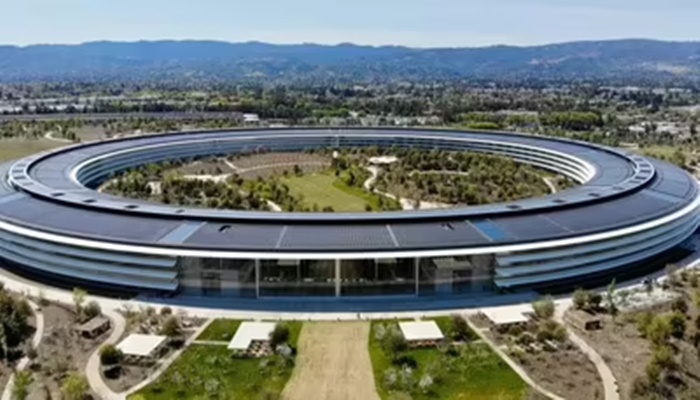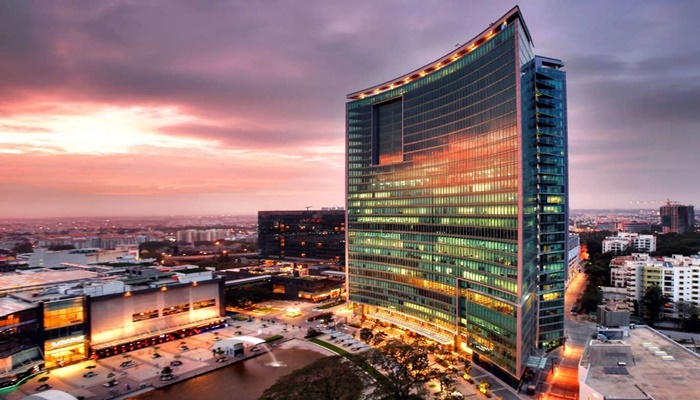For decades, Bengaluru, India, has worn the glittering crown of the “Silicon Valley of the East,” a promised land for ambitious IT professionals seeking lucrative careers, a vibrant ecosystem, and a dynamic urban life. The narrative was compelling: a burgeoning tech scene fueled by global investments, a melting pot of innovation, and a city that hummed with the energy of technological progress. The “Bangalore dream” was a potent aspiration, drawing talent from across the nation and beyond.
However, the once-unquestioned allure of this tech metropolis is increasingly facing scrutiny. While the fundamental pillars of opportunity remain, a confluence of mounting challenges is prompting a critical re-evaluation of Bengaluru’s dream destination status. The rosy picture is being increasingly smudged by the harsh realities of a city grappling with its own rapid success, forcing many IT professionals to ponder if the promise still outweighs the pitfalls.
The Bangalore Dream is Alive.
The arguments supporting the enduring “Bangalore dream” are rooted in tangible strengths. First, the city’s robust job market and consistent investment remain undeniable. The recent announcement by Databricks, a global AI powerhouse, to inject a staggering $250 million into its Indian operations, with a significant portion earmarked for hiring over 100 engineers in Bengaluru, serves as a powerful testament. Such high-profile investments underscore the continued faith of global tech giants in the city’s talent pool and its strategic importance in the global technology landscape. The constant influx of capital translates directly into job creation and opportunities for IT professionals across various specializations.
Second, Bengaluru’s vibrant tech ecosystem is a significant draw. Beyond the multinational behemoths like Infosys and Wipro that call the city home, a thriving startup culture injects a constant stream of innovation and disruption. This dynamic environment fosters a spirit of entrepreneurship and provides a diverse range of career paths, from established corporate roles to the fast-paced world of emerging ventures. The cross-pollination of ideas and talent within this ecosystem creates a fertile ground for professional growth and the acquisition of cutting-edge skills.
Finally, Bengaluru extends its appeal beyond the purely professional through its identity as a cultural and educational hub. The city boasts a rich tapestry of cultural experiences, from traditional art forms to contemporary music and theatre. Furthermore, its reputation as a center for higher education, housing numerous esteemed institutions, makes it an attractive destination for professionals with families who prioritize educational opportunities. This blend of career prospects and a well-rounded lifestyle contributes to the enduring, albeit evolving, appeal of Bengaluru.
Bangalore Dream Is More of a Nightmare
The narrative of uninterrupted growth and opportunity is being increasingly challenged by a set of significant headwinds. The most immediate and palpable concern for many IT professionals is the soaring cost of living, particularly in the realm of housing. The recent return-to-office mandates, while aimed at fostering collaboration and company culture, have inadvertently triggered a sharp surge in demand for rental properties, especially in key ITTV corridors like Whitefield and Sarjapur Road. Reports indicating a staggering 31% increase in rental prices within a mere nine-month period highlight the severe financial strain this places on the budgets of many IT workers, eroding the purchasing power of their salaries and forcing difficult choices regarding housing and lifestyle.
Adding to the financial burden is the notorious severe traffic congestion that plagues Bengaluru. The city’s infrastructure has struggled to keep pace with its exponential growth, resulting in daily commutes that can stretch into hours, turning what should be productive time into a frustrating ordeal. The economic impact of this congestion is immense, with estimates suggesting an annual loss of ₹20,000 crore in productivity. The anecdotal evidence of IT firms reporting single-day losses of ₹225 crore due to employees being stranded in traffic underscores the tangible and significant impact of this infrastructural bottleneck on both individuals and businesses.
The root of the traffic problem lies in the infrastructure strain caused by rapid and often unplanned urbanization. Bengaluru’s geographical footprint has expanded dramatically, growing from a mere 88 square kilometers to a sprawling 985 square kilometers. However, this tenfold increase in area has not been matched by a proportional expansion of the road network and public transportation systems. This infrastructural deficit creates a daily struggle for commuters, impacting their productivity, well-being, and overall quality of life in the city.
Beyond the immediate concerns of housing and traffic, Bengaluru is also grappling with the looming crisis of water scarcity. Unplanned growth, coupled with inadequate water conservation efforts and the depletion of traditional water bodies, has led to significant shortages. The reliance of many residents on private water tankers, often at inflated prices, is a stark indicator of the severity of the situation. This fundamental lack of a reliable water supply raises serious questions about the long-term sustainability and liveability of the city, particularly for a large and growing population of professionals and their families.
And with the very nature of the IT job market in Bengaluru undergoing a significant transformation due to the job market pressures brought about by the increasing integration of Artificial Intelligence. While AI presents immense opportunities for innovation and growth, it also carries the potential for widespread automation of routine tasks, particularly in lower-end IT sectors such as call centers and basic data processing. This technological shift is creating job insecurities among IT professionals, with some facing the prospect of redundancy or the need to acquire entirely new skill sets to remain relevant. Reports of IT workers resorting to part-time jobs to supplement their income paint a concerning picture of the economic anxieties brewing beneath the surface of the seemingly prosperous tech hub.
Where does that leave us?
While Bengaluru continues to possess undeniable strengths as a major global technology center, the narrative of it being an unblemished “dream destination” for IT professionals is increasingly being challenged. The allure of a robust job market and a vibrant ecosystem is being weighed against the stark realities of a soaring cost of living, crippling traffic congestion, strained infrastructure, water scarcity, and evolving job market pressures. The “Bangalore dream,” once a beacon of opportunity, now appears to be facing a critical juncture, requiring concerted efforts from policymakers, urban planners, and businesses to address these mounting challenges and ensure that the city can once again unequivocally claim its status as a truly desirable and sustainable destination for IT talent in the years to come. The dream of Silicon City may still be alive for some, but others are straining under its weight.




















